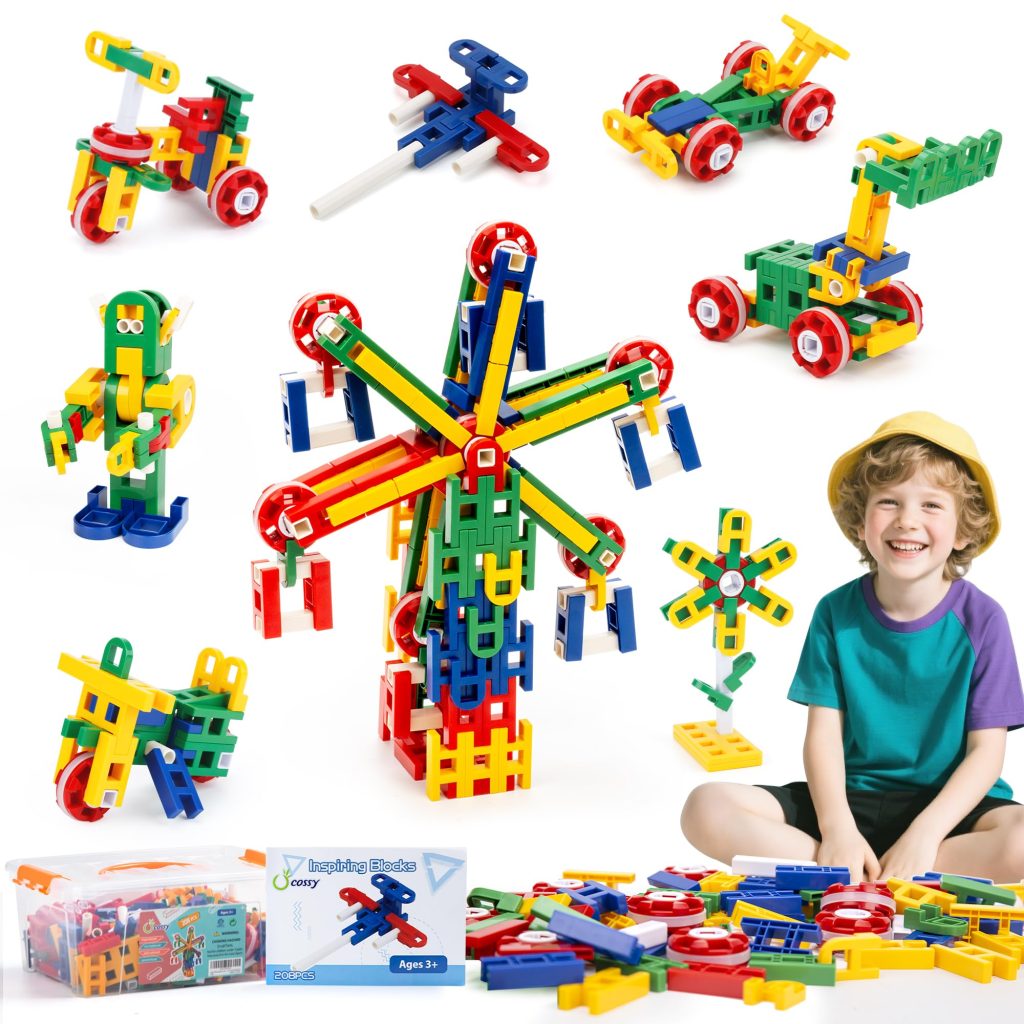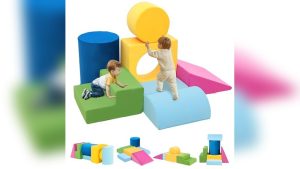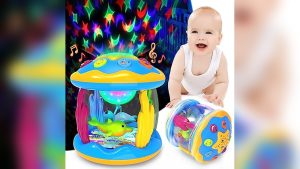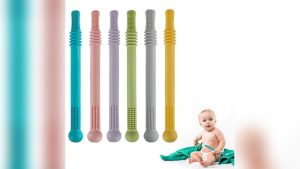Have you ever wondered how to make learning fun and exciting for your child? Stem learning toys might be the answer you’ve been searching for.
These toys don’t just entertain—they spark creativity, problem-solving, and critical thinking. Imagine your child building robots, exploring science, or solving puzzles while playing. Curious to know how these toys can boost your child’s skills and prepare them for the future?
Keep reading to discover what stem learning toys are and why they could be the perfect addition to your child’s playtime.
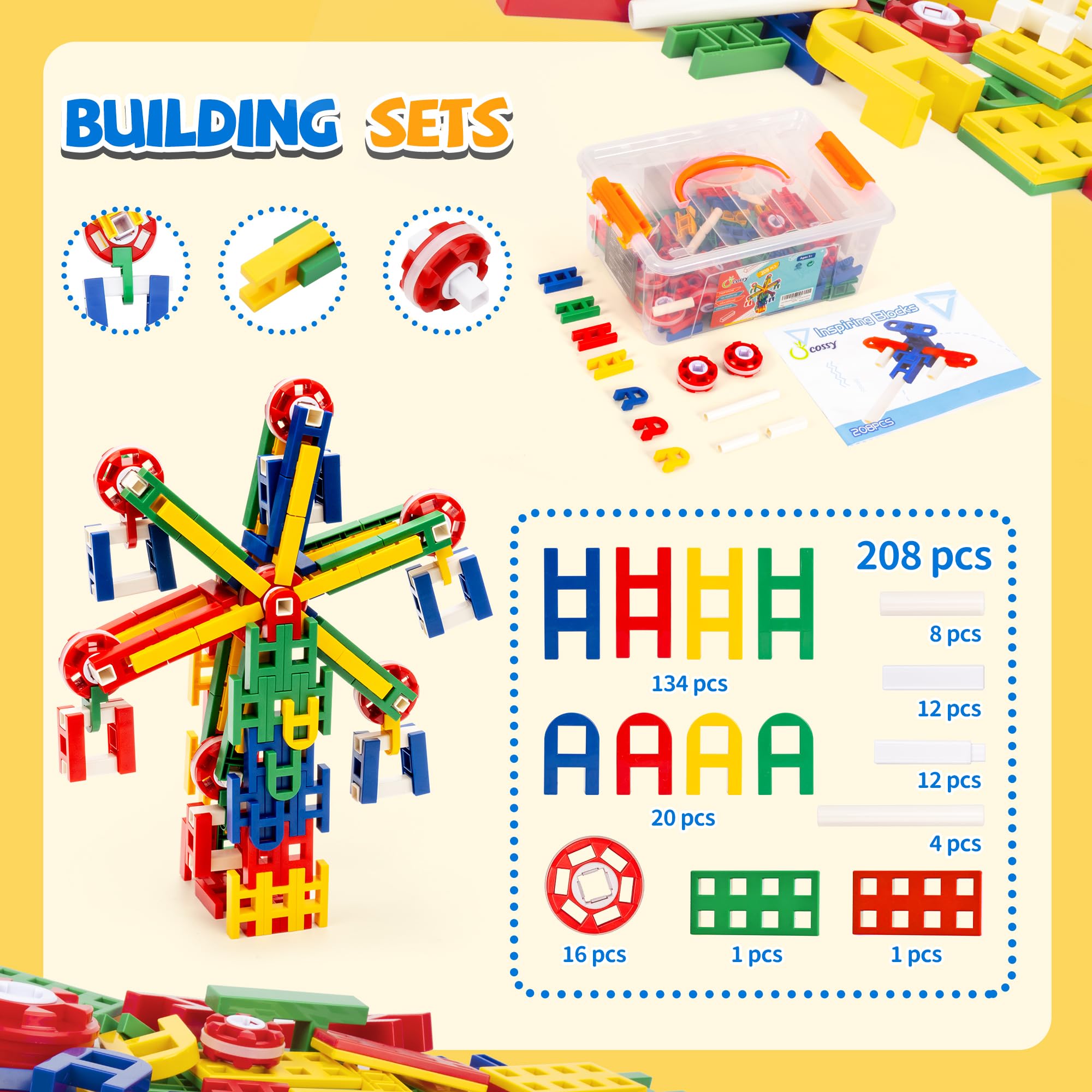
Credit: www.amazon.com
Benefits Of Stem Toys
When it comes to children’s toys, STEM learning toys stand out for their unique ability to blend fun with education. These toys are designed to support the development of skills in science, technology, engineering, and mathematics, offering a myriad of benefits to young minds. Let’s explore how these benefits manifest through creativity, problem-solving skills, critical thinking, and collaboration.
Boosting Creativity
STEM toys are a catalyst for creativity, allowing children to explore and express their ideas in innovative ways. Building blocks, for instance, encourage kids to design structures that only exist in their imagination. You might find your child constructing a futuristic city or a towering castle, each piece of the puzzle teaching them about spatial awareness and design. Creativity thrives when children are given the freedom to experiment without boundaries.
Enhancing Problem-solving Skills
STEM toys challenge children to solve problems through trial and error, fostering resilience and perseverance. Puzzles and coding games require strategic thinking and the ability to envision multiple solutions. Imagine your child faced with a puzzle that doesn’t quite fit; they learn to approach the problem from different angles and find a solution. This skill is invaluable, preparing them for real-world challenges.
Fostering Critical Thinking
Critical thinking is at the heart of STEM toys. Through engaging with these toys, children learn to analyze situations, make decisions, and reflect on outcomes. Whether it’s programming a robot or constructing a bridge with magnetic tiles, they’re encouraged to ask questions and seek answers. How does this work? What happens if I change this piece? These inquiries lead to a deeper understanding of the world around them.
Encouraging Collaboration
Many STEM toys are designed for collaborative play, teaching kids the importance of teamwork. Working together to solve complex puzzles or build intricate models, children learn to communicate and share ideas. Have you ever watched a group of kids negotiating which piece goes where? It’s a beautiful display of collaboration and compromise. Encouraging such interactions helps build social skills and empathy.

Credit: littlepartners.com
Types Of Stem Learning Toys
STEM learning toys come in many forms. Each type targets different skills and interests. Kids can explore science, technology, engineering, and math with fun tools. These toys make learning hands-on and exciting. Below are some common types of STEM learning toys.
Building And Construction Sets
Building sets help children develop creativity and problem-solving skills. Kids use blocks, rods, or magnets to create structures. These toys teach balance, design, and engineering basics. Children learn by trial and error while building models. Popular examples include LEGO sets and magnetic tiles.
Coding And Robotics Kits
Coding kits introduce children to programming concepts. They use simple commands to control robots or create animations. Robotics kits combine mechanics with coding skills. Kids understand logic and sequencing through hands-on play. These kits often include sensors and motors for real-world interaction.
Science Experiment Kits
Science kits let children explore biology, chemistry, and physics. They conduct simple experiments safely at home. These kits teach scientific methods and curiosity. Kids observe results and learn cause and effect. Common kits include crystal growing, volcano making, and microscope sets.
Mathematical Puzzle Games
Math puzzles improve critical thinking and number skills. They challenge children to solve problems and patterns. These games encourage logical reasoning and patience. Examples include Sudoku, tangrams, and shape sorting toys. Children enjoy the challenge and build confidence in math.
Choosing The Right Stem Toy
Choosing the right STEM toy is key to making learning fun and effective. The perfect toy matches a child’s age, skills, and interests. It also ensures safety during play. A well-chosen STEM toy encourages curiosity and builds confidence.
Age Appropriateness
Age is the first factor to consider. Toys designed for younger children focus on basic skills. Older kids use toys with complex concepts and challenges. Age-appropriate toys keep kids engaged without causing frustration or boredom.
Skill Level Matching
Match the toy to the child’s current skill level. Toys too easy offer little challenge and get boring fast. Toys too hard can cause frustration and reduce interest. Choose toys that help develop skills step-by-step.
Interest-based Selection
Kids learn best when interested. Pick STEM toys related to their hobbies or favorite subjects. For example, a child who loves space might enjoy a rocket-building kit. Interest-based toys motivate kids to explore and learn more.
Safety Considerations
Safety is crucial in STEM toys. Check for small parts that could be choking hazards. Look for non-toxic materials and sturdy construction. Toys should meet safety standards and be suitable for the child’s age group.
Integrating Stem Toys At Home And School
Integrating STEM toys at home and school creates exciting learning moments. These toys make science, technology, engineering, and math fun and practical. Kids develop skills by exploring, building, and experimenting. Both parents and teachers can use STEM toys to support education in simple ways.
Creating Engaging Activities
Design activities that match children’s interests and skill levels. Use puzzles, building sets, or coding kits to spark curiosity. Change tasks often to keep kids motivated. Combine STEM toys with everyday objects for creative experiments. Let children choose projects to increase excitement and ownership.
Encouraging Hands-on Learning
Hands-on learning helps children understand concepts better. STEM toys invite kids to touch, move, and test ideas. This active approach builds critical thinking and problem-solving skills. Allow children to explore freely and learn from mistakes. Offer guidance without taking control to boost confidence.
Supporting Group Projects
Group projects teach teamwork and communication. Use STEM toys to create challenges that require collaboration. Assign roles like builder, planner, or tester to involve everyone. Encourage sharing ideas and listening to others. Celebrate group successes to foster a positive learning environment.
Tracking Progress And Achievements
Keep records of skills and knowledge gained through STEM play. Use charts, journals, or digital apps to note milestones. Set small goals to help children see their growth. Praise effort and creativity more than just results. Regular tracking guides future learning and keeps kids motivated.
Future Trends In Stem Toys
STEM toys are evolving fast. They now include new technologies and ideas. These trends make learning more fun and effective for kids. They help children build skills needed for the future.
Incorporating Artificial Intelligence
AI helps toys adapt to a child’s learning pace. Toys can offer challenges that match skill levels. This keeps kids interested and motivated to learn more. AI also supports problem-solving through interactive feedback.
Augmented Reality Features
AR adds a digital layer to real-world play. Kids can see virtual objects through screens or glasses. This makes science and math come alive in exciting ways. AR helps explain complex ideas with visual examples.
Sustainability And Eco-friendly Materials
Many STEM toys now use recycled or natural materials. Parents want safe toys that protect the planet. Eco-friendly toys teach children about caring for the environment. These choices encourage responsible habits early on.
Personalized Learning Experiences
Custom learning paths fit each child’s interests and needs. Toys collect data to tailor activities and challenges. This personal touch boosts confidence and skill growth. Kids enjoy learning that feels unique and relevant.
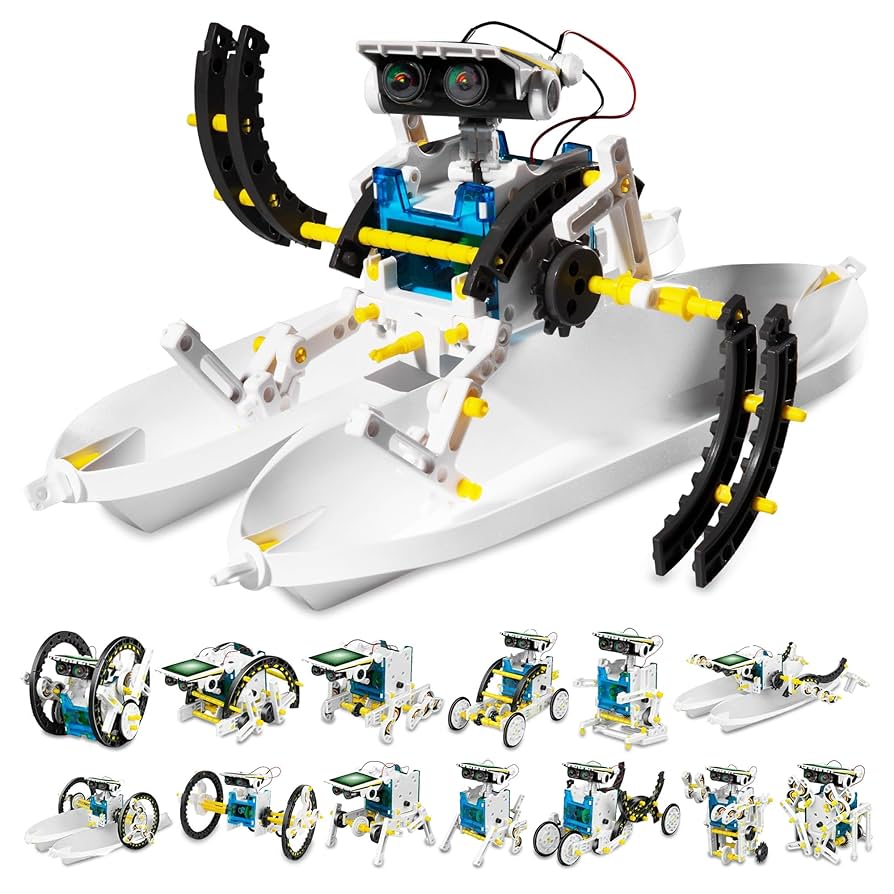
Credit: www.amazon.com
Frequently Asked Questions
What Are Stem Learning Toys?
STEM learning toys are educational tools that teach science, technology, engineering, and math concepts. They encourage hands-on learning and problem-solving skills in children.
How Do Stem Toys Benefit Child Development?
STEM toys boost critical thinking, creativity, and motor skills. They prepare kids for future careers by making learning engaging and fun.
At What Age Can Kids Use Stem Toys?
STEM toys are available for all ages, from toddlers to teens. Choose age-appropriate toys to match your child’s skill level and interests.
Are Stem Toys Suitable For Girls And Boys?
Yes, STEM toys are designed for all genders. They promote equal interest in science and technology for girls and boys alike.
Conclusion
STEM learning toys help children explore science and math. They make learning fun and hands-on. Kids develop skills like problem-solving and creativity. Parents and teachers can support growth through play. These toys prepare children for future challenges. Choosing the right STEM toys encourages curiosity and learning.
Playtime turns into a chance to discover new ideas. STEM toys bring education and fun together. They build a strong base for lifelong learning. A simple toy can inspire big dreams.
